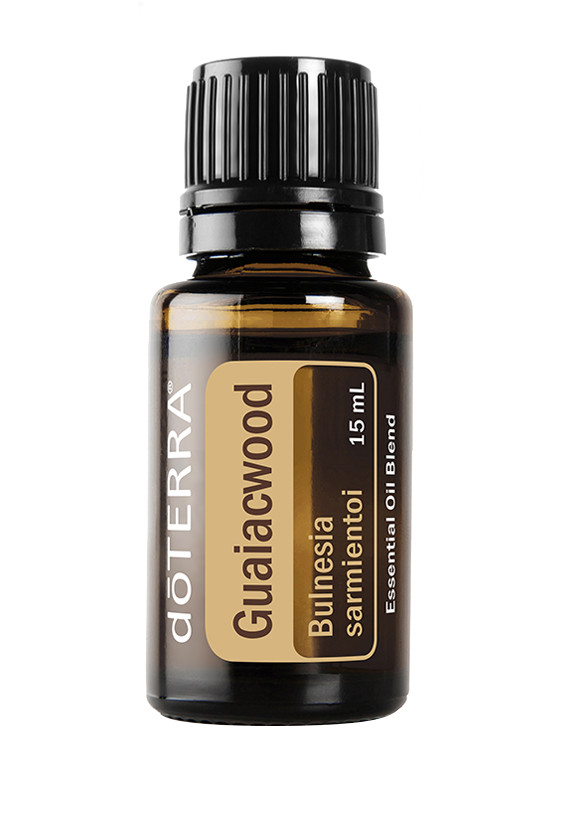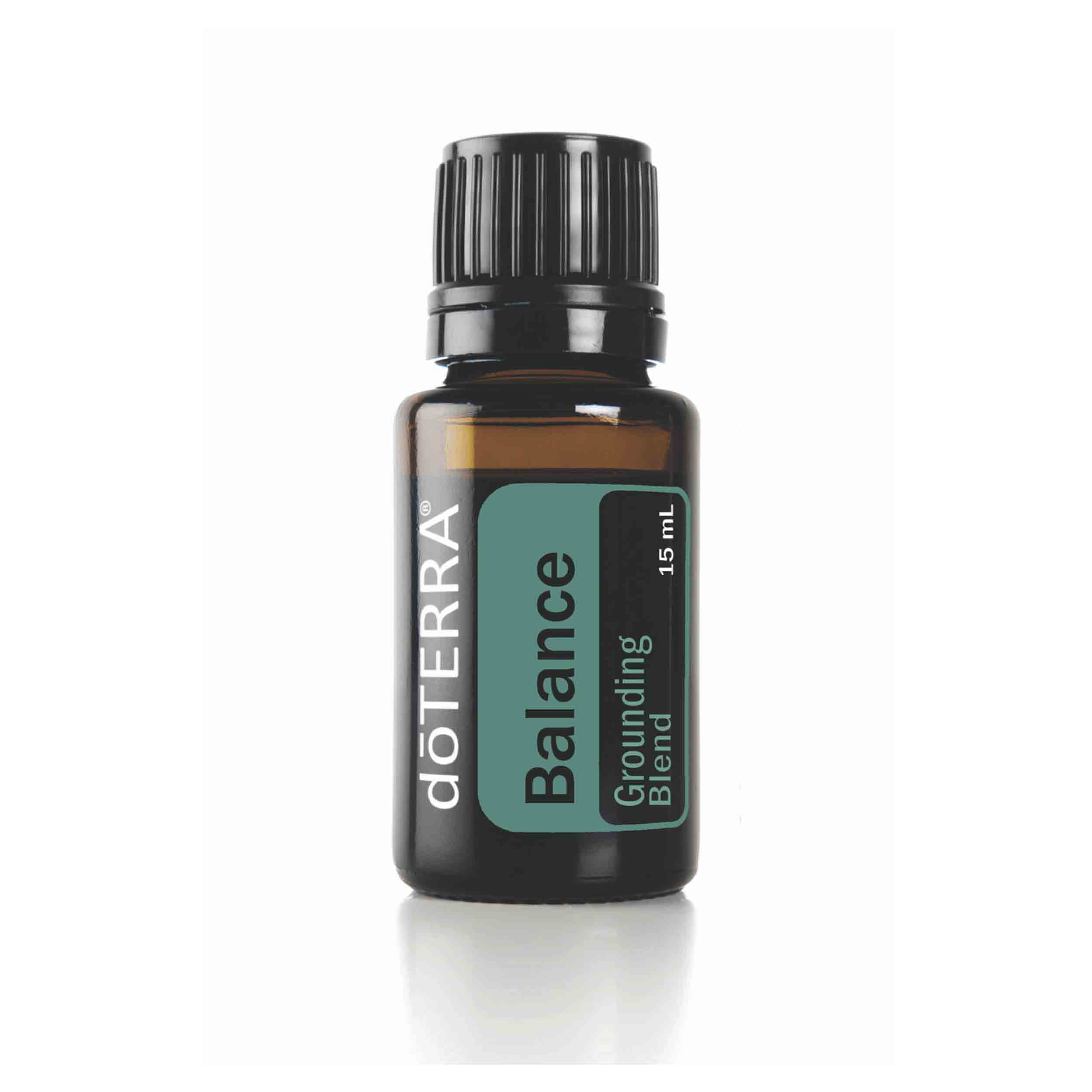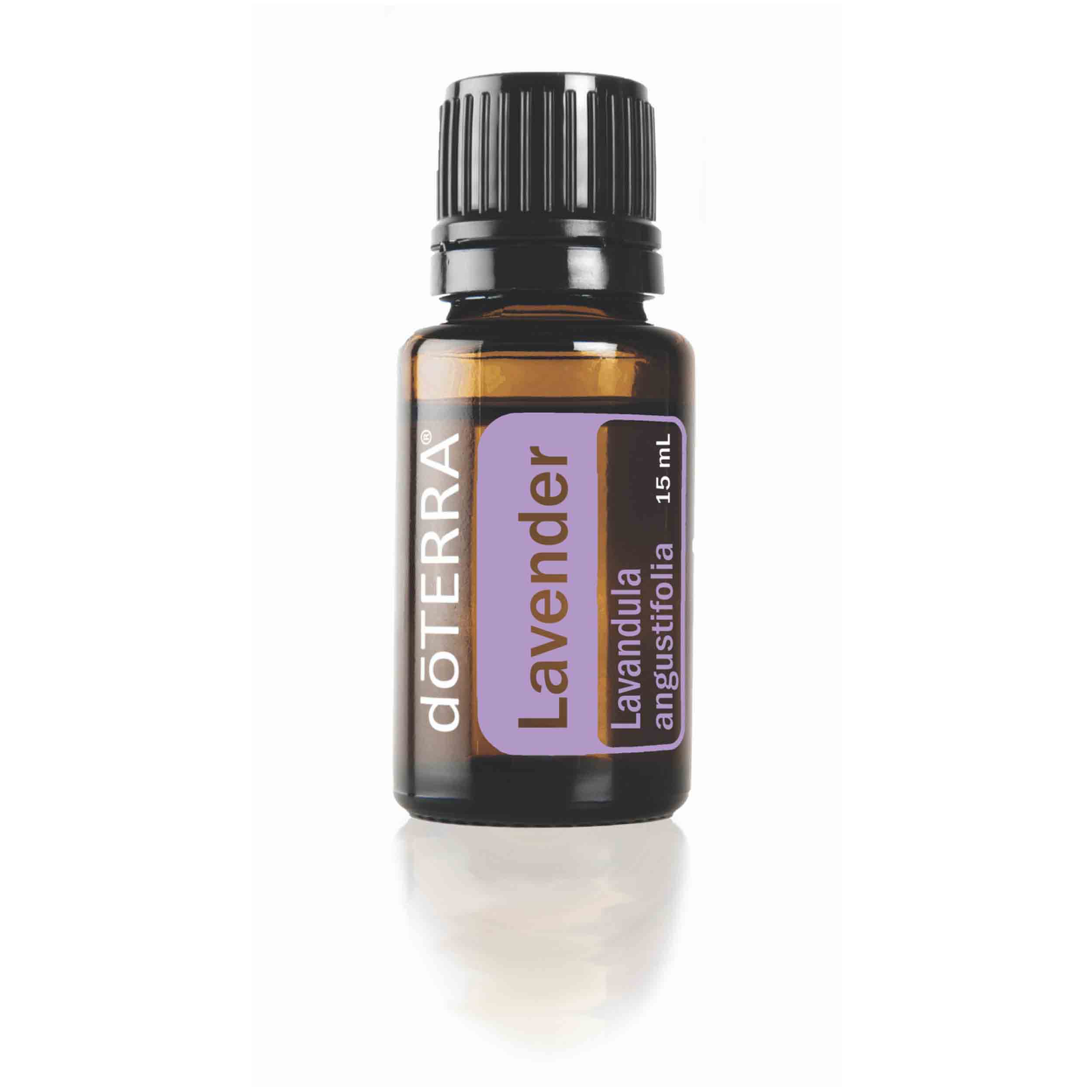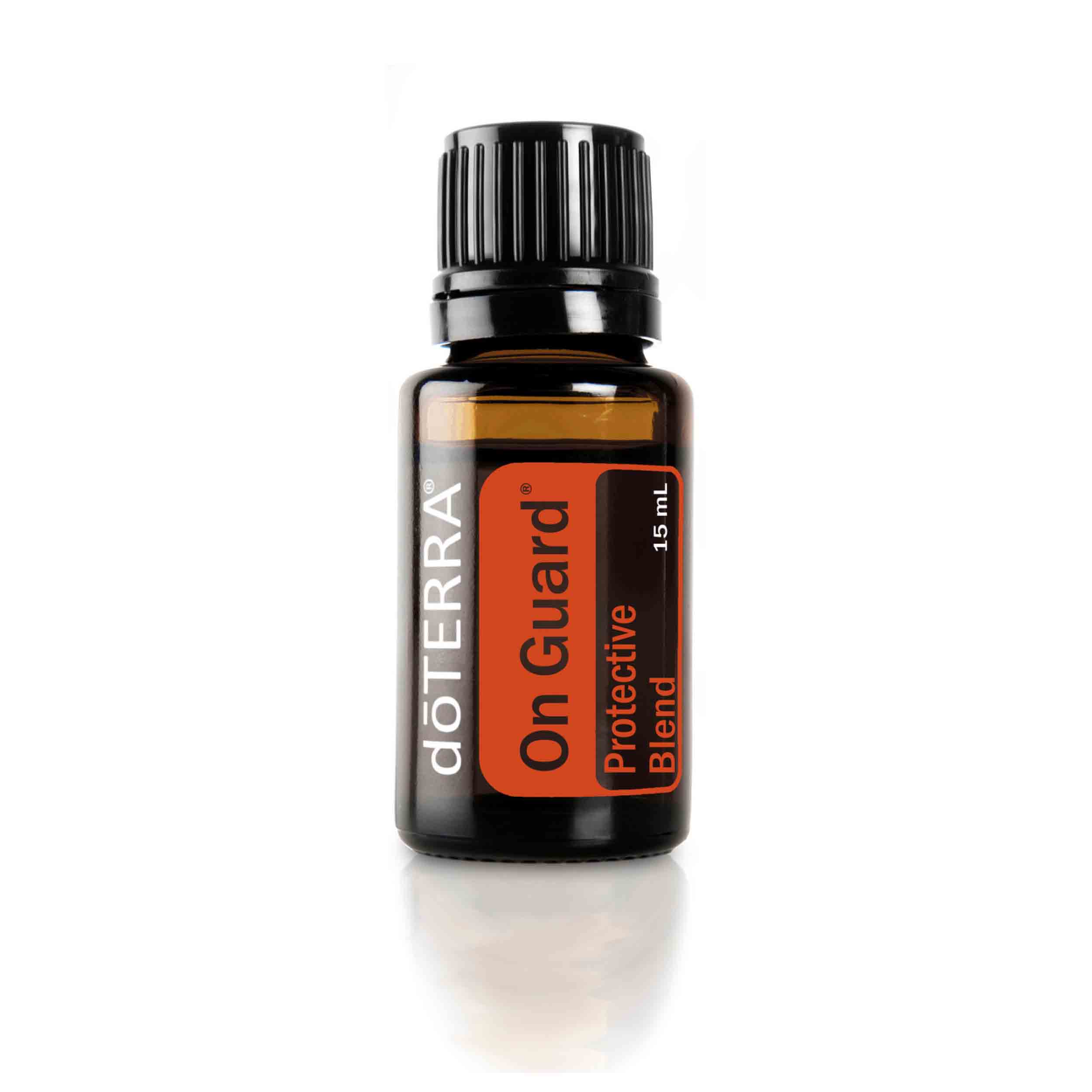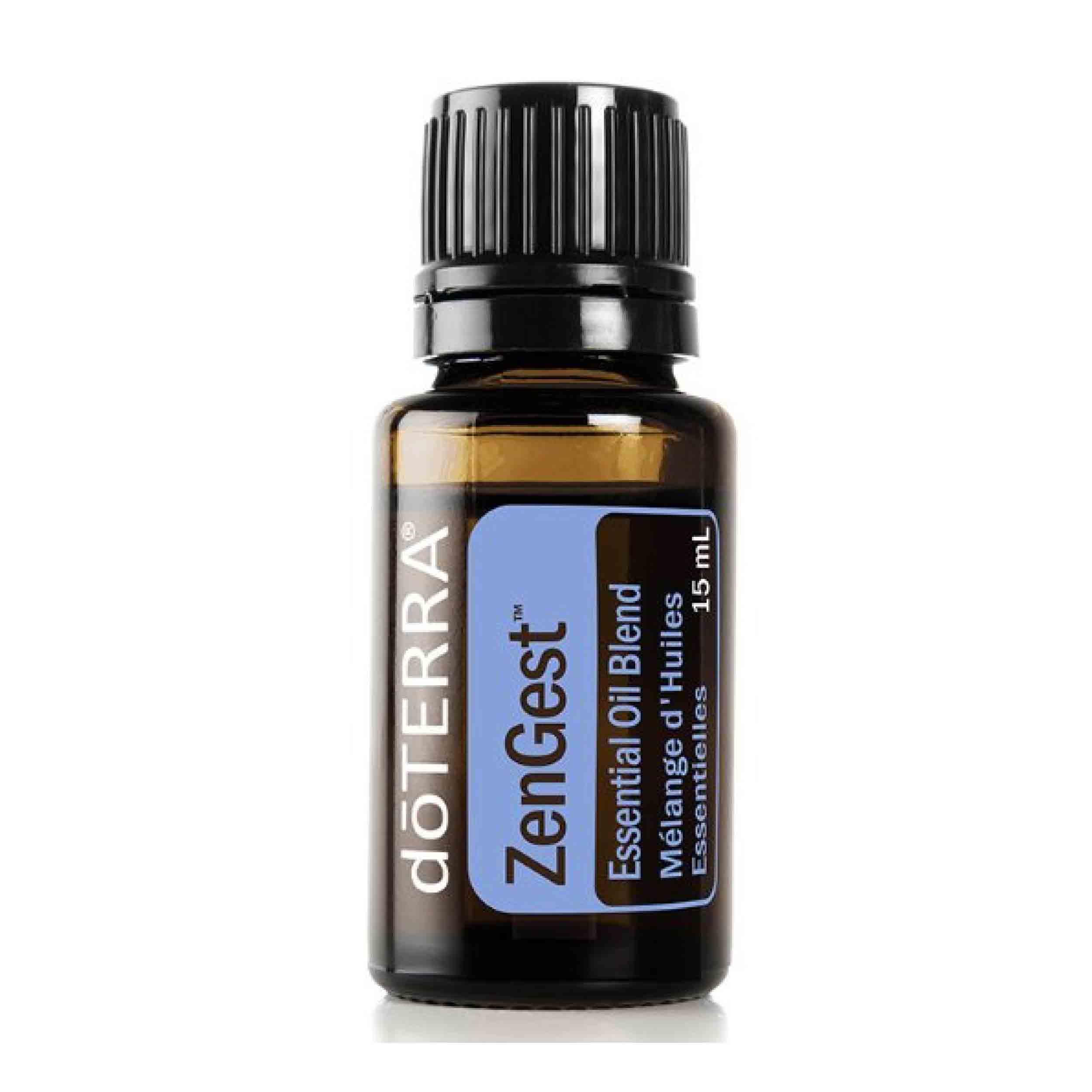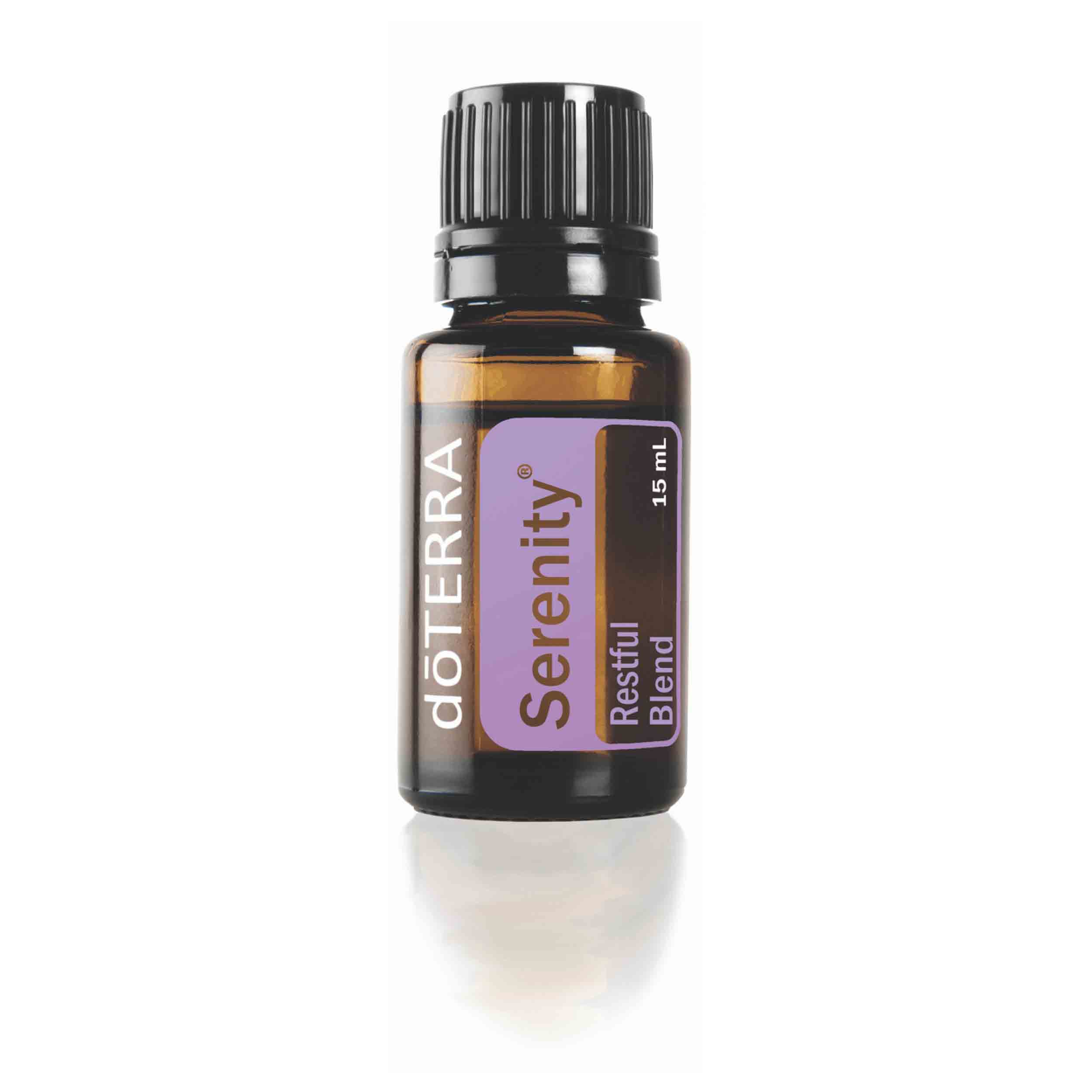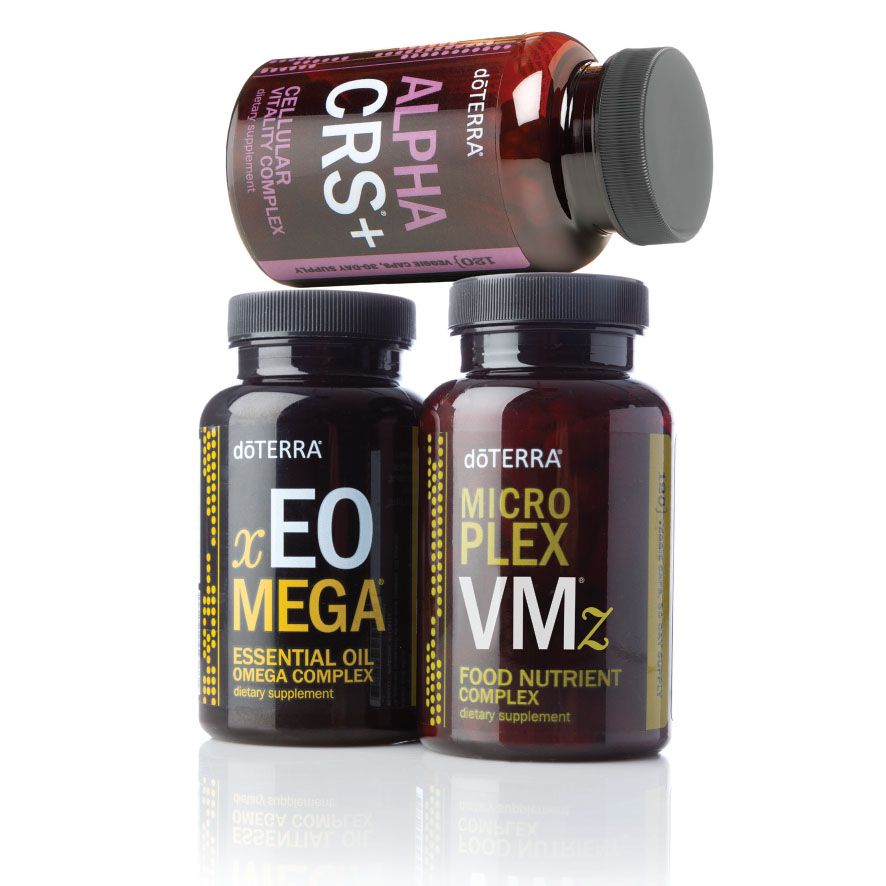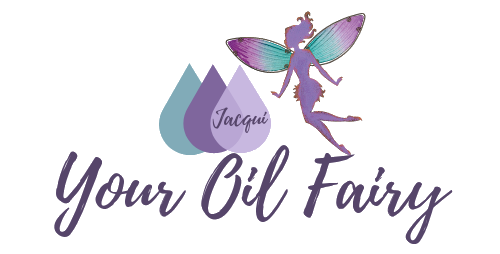
Essential Oils 101
What is an essential oil?
Essential oils can be used for a wide range of emotional and physical wellness applications. They can be used as single essential oils or in complex essential oil blends depending on user experience and desired benefit. They are created from the Plants and used for physical and emotional benefits. They are distilled from leaves, flowers, tree bark, seeds as well as rind (peel) of the fruit in concentrated amounts and other parts of the plants. They can be both beautifully and powerfully fragrant. Essential oils give plants their distinctive smells, essential oils protect plants and play a role in plant pollination. In addition to their intrinsic benefits to plants and their beautiful fragrance, essential oils have long been used for food preparation, beauty treatment, and health-care practices. Even with pure essential oils the composition of the oil can vary depending on the time of day, season, geographic location, method and duration of distillation, year grown, and the weather, making every step of the production process a critical determinant of the overall quality of the essential oil product. Typically one drop of a dōTERRA® essential oil has a powerful effect making them affordable at just pennies per use! View a short video clip introducing essential oils HERE.
As of May 01st 2022 some prices have changed but have been updated on the website.
Why choose dóTERRA
Our oils are sourced from a global network of growers with a 96% exclusivity among the farmers! This ensures the oils you have in your hands are the most pure and effective essential oils. dóTERRA is now a global leader in the essential oil industry and this is confirmed by their rigorous testing by 3rd parties as well as dóTERRA themselves ensuring the purity and potency of their oils. dóTERRA essential oils are free from artificial ingredients and added fillers and contain NO harmful contaminants.
Take a couple of minutes to watch this video
Co-Impact Sourcing
Some of you will be wondering what this actually means. This is how dóTerra have secured a 96% exclusivity with their farmers as they are the perfect example of how to cultivate partnerships with small-scale farmers, distilleries and craftsmen. By supporting these partnerships, they are creating jobs, sometimes for entire villages and of course this improves income for everybody involved. The farmers and their teams become empowered along with their families and their communities and it just keeps growing. This is also how dóTERRA manages to stabalise the pricing and of course that’s great news for us too. To help show you what I mean please take a couple of minutes to watch this video
How do I use essential oils?
Traditionally, certain essential oil application methods have been preferred or used exclusively. However, as the research surrounding essential oils continues to develop, a greater understanding of application methods is now understood. All application methods are safe when used appropriately, including aromatic, topical, and internal methods. One or multiple application methods can be used for a wide range of emotional and physical wellness applications. They can be used a single oil at a time or in complex blends in one of three methods:
You will soon learn that there are hundreds of ways to use dōTERRA® essential oils, including relaxation, personal hygiene, household cleaning, cooking, and supporting a healthy body. Every oil has at least one of three application methods: Chemical Diffusion (known as Aromatic), Skin Care (known as Topical) or Food Flavouring (known as Internal).
Chemical Diffusion (known as Aromatic) ~ Breathe in or use a diffuser to open up airways, improve mood, or freshen the air.
Additional aromatic uses For Essential Oils Include:
· Apply oil to a cotton ball and place in the air vents of your vehicle
· Mix oils in a spray bottle with water and mist over furniture, carpet, or linens
· Add oil to a batch of laundry or to dryer sheets
· Use in household surface cleaners
Skin Care (known as Topical) ~ Use a carrier oil when applying to bottoms of feet or affected areas to target specific needs.
Beneficial Areas You Can Apply Essential Oils
· Neck
· Forehead and temples
· Chest and abdomen
· Arms, legs, bottom of feet
Other Effective Methods of Topical Application
· Add a few drops of oil to a warm bath
· Make a hot or cold compress by soaking a towel or cloth in water, adding essential oils, and then applying to the desired area
· Add oil to a lotion or moisturizer and then apply to skin
Sensitive Areas to be Avoided:
· Some facial areas, such as the skin around the eyes
· Eyes and inner ears
· Broken, damaged, or otherwise injured skin
Food Flavouring (known as Internal) ~ Drop in water, under tongue, or in veggie capsule to support mouth, throat, digestive system, or overall health with guidance from me.
Effective Methods of Internal Application
· Use oils in recipes for cooking or baking to replace fresh or dried herbs and spices
· Remember that essential oils are much more potent than dried or fresh herbs and spices, so start with a very small amount
· For more potent oils, it may be better to administer them by toothpicks (dip the end of a clean toothpick into the oil and then add to the food) rather than drops
· Add essential oils to water, smoothies, milk, tea, or other drinks
· Take essential oils internally in a veggie capsule or add to a small amount of applesauce or yogurt
What are some basic safety tips?
1) Photosensitivity – Avoid sunbathing after applying citrus essential oils (this includes going on a sunbed) for at least 12 hours after application. Citrus oils are sensitive to the sun. Direct sunlight to the exposed area has been known to have a reaction and may cause skin irritation or minor sunburn. Oils applied underneath clothing should be fine.
2) Hot Oils – If it starts to burn, DO NOT USE water. Use a carrier oil (such as Fractionated Coconut oil or Virgin Olive oil) or whole fat milk. Because essential oils don’t mix with water, applying water to the area can actually drive the burn in deeper. Ouch!
3) Avoid These Areas – Never put essential oils in your eyes, inside ear canal, or up nose. Simply put – avoid any holes apart from your mouth. However, you may apply oils around the eye bone in a C shape, on ear cartilage and behind ear bone, or diffuse essential oils.
4) Dilution – Use a carrier oil such as fractionated coconut oil when applying essential oils topically to avoid skin sensitisation.
5) Safe Storage – The majority of all adverse reactions to essential oils by children have been as a direct result of accidental overdose and ingestion in large amounts. Keep out of reach of children. Use child proof safety caps.
What are the most commonly used essential oils and their uses?
Click below each bottle to enjoy a 1-minute informational video clip.



